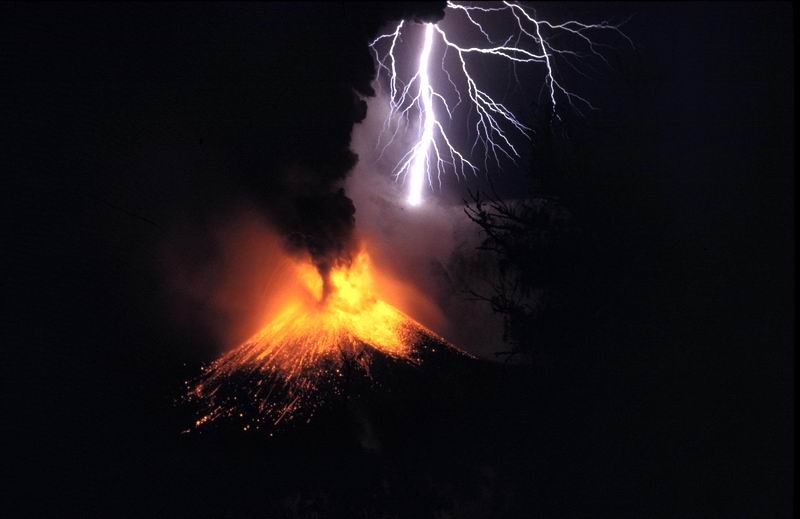The next time you witness a brilliant flash of lightning tearing through the night sky, you might find yourself wondering about the incredible forces at play. That split-second illumination carries more raw power and heat than most people could ever imagine. What if I told you that the very bolt crackling above your head reaches temperatures that would make the surface of our sun seem almost cool by comparison?
This isn’t just another weather phenomenon we casually observe during storms. Lightning represents one of nature’s most extreme displays of energy, creating conditions so intense that they rival the most violent processes in our universe. While the sun has long been our benchmark for ultimate heat and power, recent scientific discoveries have revealed some shocking truths about these earthbound electrical giants.
The Sun’s Temperature Revealed

The sun’s surface, known as the photosphere, maintains a temperature of approximately 5,778 Kelvin, which translates to about 5,505 degrees Celsius or 9,941 degrees Fahrenheit. This measurement represents the layer we can observe directly from Earth, where most of the sun’s light originates. However, the sun isn’t uniform in temperature throughout its structure.
Moving deeper into the sun’s interior, temperatures rise dramatically. The core reaches an astounding 15 million degrees Celsius, where nuclear fusion occurs continuously. This process converts hydrogen into helium, releasing the energy that eventually reaches us as sunlight and warmth.
Interestingly, the sun’s outer atmosphere, called the corona, paradoxically reaches temperatures exceeding one million degrees Celsius. This phenomenon puzzled scientists for decades, as it defies our everyday understanding of heat transfer from hot to cold regions.
Lightning’s Incredible Heat Generation

When lightning strikes, it creates a channel of superheated air that reaches temperatures of approximately 30,000 Kelvin, equivalent to about 29,727 degrees Celsius or 53,540 degrees Fahrenheit. This means lightning is roughly five times hotter than the sun’s surface temperature. The heat generation occurs almost instantaneously, lasting only microseconds.
This extreme temperature results from the massive electrical discharge that occurs during a lightning strike. The electrical current, which can reach 30,000 amperes, encounters resistance in the air molecules, converting electrical energy into thermal energy at an incredible rate.
The superheated air channel expands rapidly due to this intense heat, creating the shock wave we hear as thunder. This expansion happens faster than the speed of sound, demonstrating just how violent and energetic this process truly is.
The Science Behind Lightning Formation

Lightning forms through a complex process involving charge separation within storm clouds. Ice particles within the cloud collide and transfer electrons, creating regions of positive and negative charge. The lower portion of the cloud typically becomes negatively charged, while the upper region becomes positively charged.
This charge separation creates an enormous electrical potential difference, sometimes exceeding 100 million volts. When this voltage becomes strong enough to overcome air’s natural resistance to electrical flow, a conductive channel forms between the cloud and ground.
The initial discharge, called a stepped leader, moves downward in a zigzag pattern, creating a pathway for the main lightning bolt. Once this channel reaches the ground, a massive return stroke surges upward, creating the brilliant flash we observe.
Measuring Lightning’s Extreme Temperatures

Scientists measure lightning temperatures using sophisticated spectroscopic techniques that analyze the light emitted during a strike. Different elements emit specific wavelengths of light when heated, creating a unique fingerprint that reveals temperature and composition. This method allows researchers to determine temperatures without direct contact.
High-speed cameras capture lightning strikes at thousands of frames per second, revealing details invisible to the naked eye. These recordings show how temperature varies along the lightning channel and how quickly it changes during the brief discharge event.
Thermal imaging and radio wave analysis provide additional data about lightning’s thermal properties. These measurements have consistently confirmed that lightning channels reach temperatures far exceeding the sun’s surface, making them among the hottest natural phenomena on Earth.
Why Lightning Burns Hotter Than Solar Surface
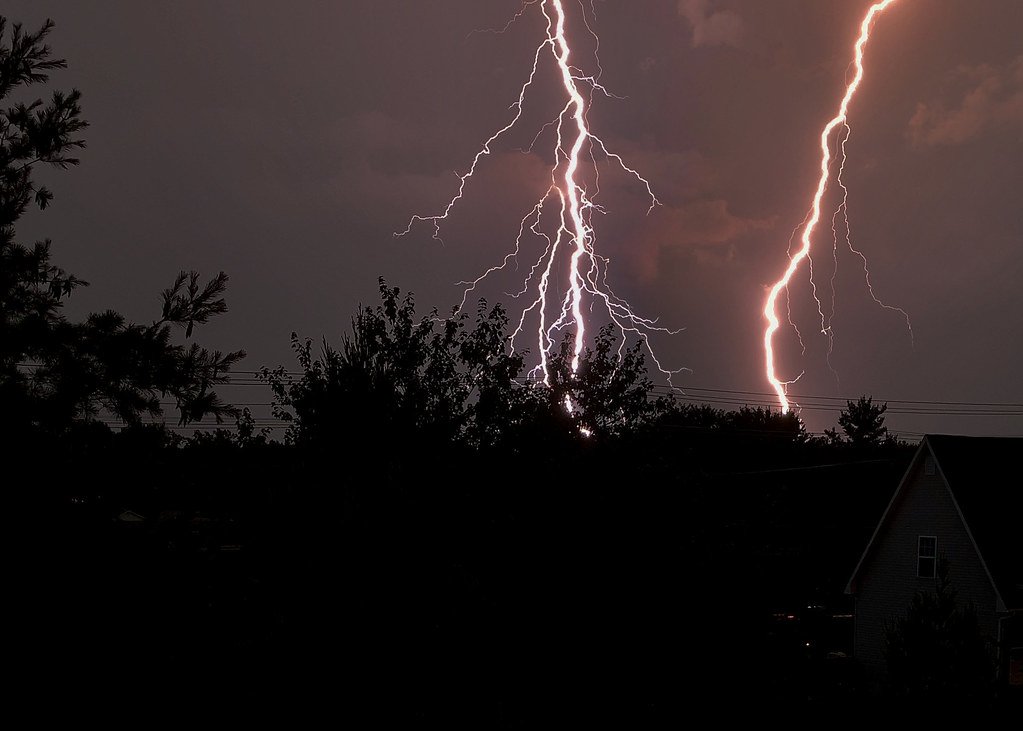
The key difference lies in how each phenomenon generates and maintains its heat. The sun’s surface temperature represents a steady-state condition where energy input equals energy output over long periods. Solar radiation continuously carries away heat, preventing surface temperatures from climbing higher.
Lightning, however, represents a sudden, violent energy release concentrated in an extremely small space. The electrical discharge dumps enormous amounts of energy into a thin column of air within microseconds, creating temperatures that would be impossible to maintain over longer periods.
Think of it like comparing a campfire to a welding torch. The campfire burns steadily at a moderate temperature, while the welding torch concentrates intense heat in a focused beam for short periods. Lightning operates more like nature’s welding torch, creating extreme conditions briefly rather than maintaining them continuously.
The Duration Factor in Heat Comparison

While lightning achieves higher peak temperatures than the sun’s surface, this extreme heat lasts only about 0.2 milliseconds. The sun, by contrast, has maintained its surface temperature for billions of years and will continue doing so for billions more. This duration difference is crucial for understanding the practical implications of each heat source.
The brief duration of lightning’s heat means that objects struck by lightning often survive the encounter, despite experiencing temperatures that would instantly vaporize materials if maintained for longer periods. The human body, for example, can sometimes survive direct lightning strikes because the heat doesn’t have time to penetrate deeply.
This temporal aspect highlights an important principle in physics: power and energy are different concepts. Lightning delivers enormous power in a brief instant, while the sun provides sustained energy over astronomical timescales.
Energy Output Comparison

Despite lightning’s higher temperature, the sun’s total energy output dwarfs that of any lightning strike. The sun converts approximately 600 million tons of hydrogen into helium every second, releasing energy equivalent to 90 billion nuclear bombs. This massive energy production continues around the clock, year after year.
A typical lightning bolt, while incredibly hot, contains about 1-5 billion joules of energy. This sounds enormous, but it’s roughly equivalent to the energy in 38 gallons of gasoline. The sun produces this amount of energy in less than a trillionth of a second as part of its continuous nuclear fusion process.
The comparison becomes even more striking when considering that Earth receives only about one two-billionth of the sun’s total energy output. Yet this tiny fraction powers our entire planet’s weather systems, including the very storms that produce lightning.
Different Types of Lightning and Their Temperatures

Not all lightning strikes achieve the same temperature. Cloud-to-ground lightning, the most familiar type, typically reaches the highest temperatures due to the large voltage difference between cloud and earth. These strikes can achieve the full 30,000 Kelvin temperature we associate with lightning.
Intracloud lightning, which occurs within a single cloud, generally operates at somewhat lower temperatures because the voltage differences are smaller. However, these strikes can still reach temperatures exceeding 20,000 Kelvin, making them significantly hotter than the sun’s surface.
Ball lightning, a rare and mysterious phenomenon, appears to maintain high temperatures for extended periods compared to conventional lightning. Scientists still debate the exact mechanisms behind ball lightning, but observations suggest it involves sustained plasma formations that could reach temperatures comparable to regular lightning strikes.
The Role of Plasma in Lightning’s Heat
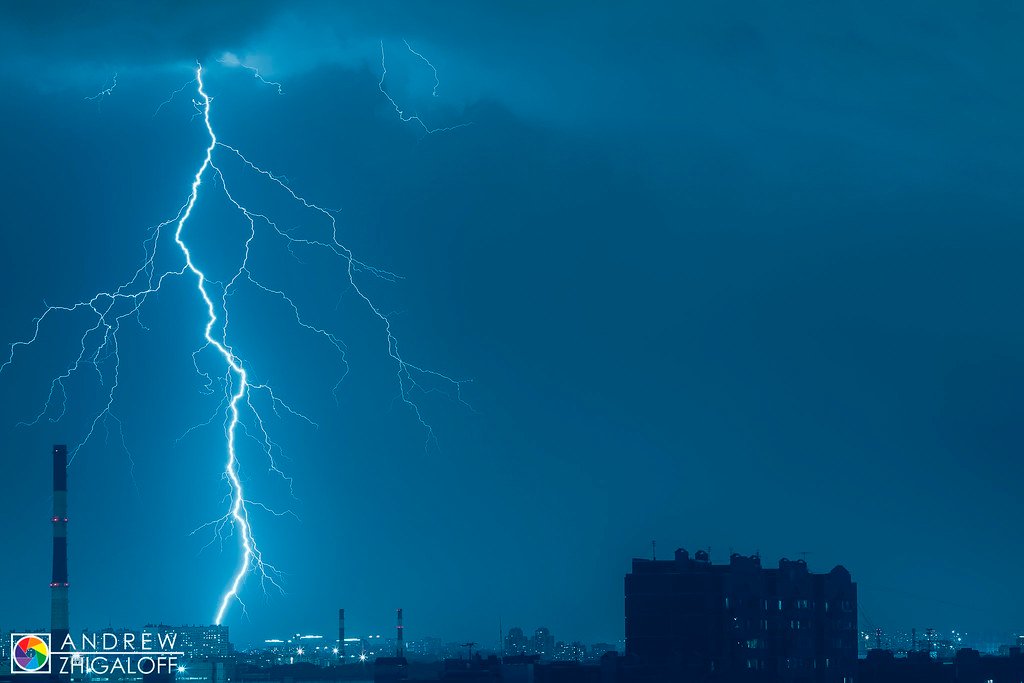
Lightning’s extreme temperature transforms air into plasma, the fourth state of matter where electrons separate from atomic nuclei. This plasma state only occurs under conditions of extreme temperature or pressure, making lightning one of the few natural terrestrial sources of plasma.
The plasma channel conducts electricity much more efficiently than normal air, allowing the massive current to flow through it. This conductive pathway glows brilliantly, producing the visible lightning flash we observe. The plasma’s temperature directly determines the color and intensity of this light.
When the electrical discharge ends, the plasma quickly cools and returns to normal air. This rapid cooling causes the lightning channel to contract violently, creating the acoustic shock wave we hear as thunder. The plasma’s brief existence explains why lightning’s extreme heat doesn’t persist after the electrical discharge ends.
Comparing Lightning to Other Hot Phenomena
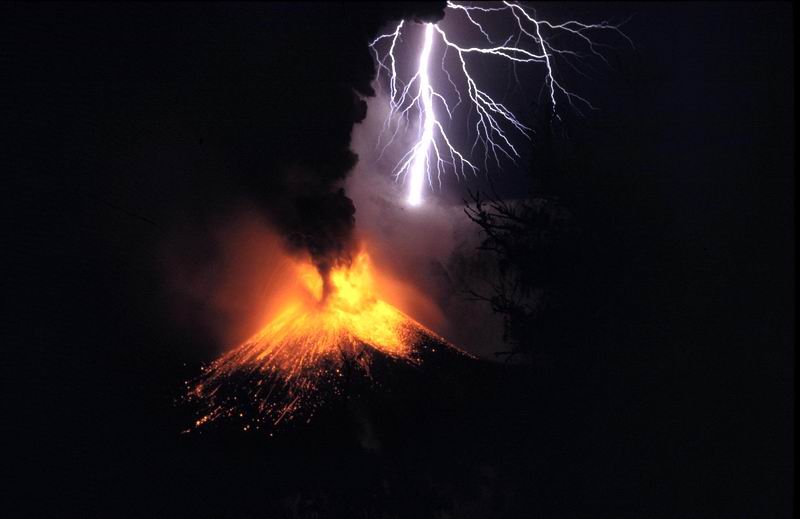
Lightning’s temperature places it among the hottest natural phenomena on Earth, but it’s not the absolute champion. Some meteorites entering Earth’s atmosphere can reach temperatures exceeding 50,000 Kelvin due to friction with air molecules. However, these temperatures occur high in the atmosphere and last only seconds.
Volcanic lightning, which occurs during explosive eruptions, can reach temperatures similar to regular lightning. The combination of electrical discharge and volcanic heat creates spectacular displays that rival any thunderstorm. These events demonstrate how extreme heat can arise from multiple natural processes occurring simultaneously.
Man-made phenomena like nuclear weapons and experimental fusion reactors can achieve much higher temperatures, reaching hundreds of millions of degrees. However, these artificial processes require enormous technological infrastructure and energy inputs that nature cannot match in terrestrial environments.
The Sun’s Hidden Heat Chambers

While lightning surpasses the sun’s surface temperature, the sun’s interior tells a different story entirely. The solar core’s 15 million degree temperature absolutely dwarfs lightning’s peak heat. This core temperature is necessary to sustain the nuclear fusion reactions that power our star.
The sun’s corona, its outer atmosphere, reaches temperatures exceeding one million degrees Celsius. This mysterious heating occurs through magnetic field interactions and wave heating mechanisms that scientists are still studying. The corona’s temperature demonstrates that even our relatively cool sun has regions far hotter than lightning.
These internal solar temperatures remind us that while lightning wins the surface comparison, the sun contains regions hot enough to make lightning seem almost frigid by comparison. The sun’s layered structure creates a fascinating temperature gradient from its blazing core to its relatively mild surface.
Why We Don’t Feel Lightning’s Heat
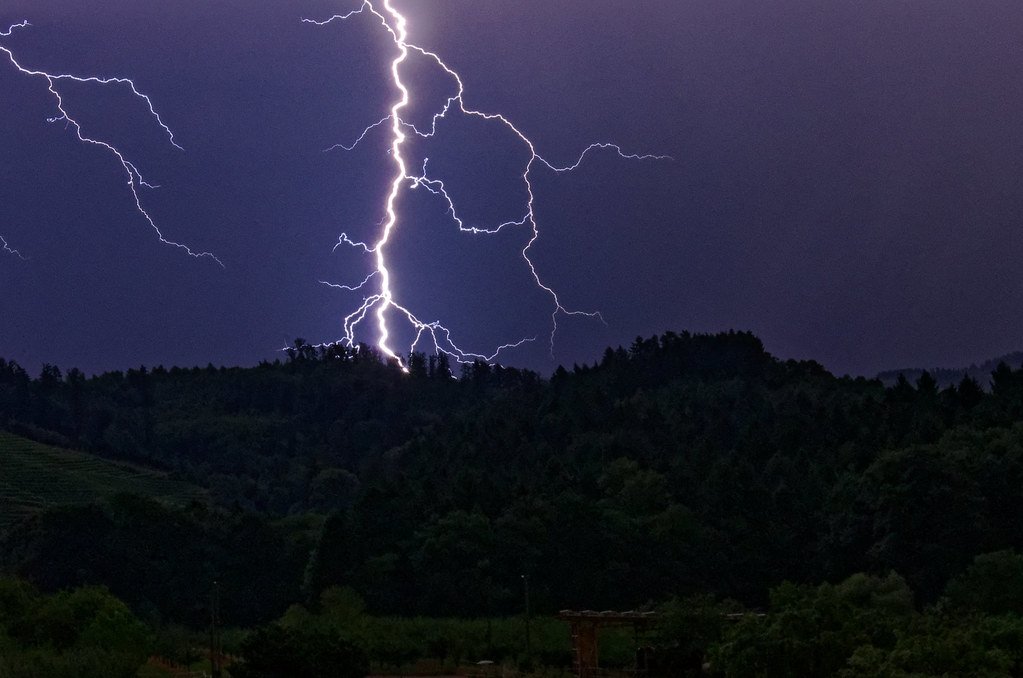
Despite lightning’s incredible temperature, people relatively close to lightning strikes don’t experience the heat directly. The extreme temperature exists within the lightning channel itself, which measures only a few centimeters wide. The heat doesn’t have time to spread significantly before the lightning discharge ends.
Air is an excellent insulator, preventing rapid heat transfer from the lightning channel to surrounding areas. By the time the heat could conduct through the air, the lightning has already ended and the channel begins cooling rapidly. This insulation effect protects nearby observers from the extreme temperatures.
Objects directly struck by lightning do experience intense heating, but even then, the brief duration limits the heat’s penetration. Metal objects may become hot enough to cause burns, but they don’t necessarily melt or vaporize despite experiencing temperatures that would destroy them under sustained exposure.
Lightning’s Impact on Earth’s Atmosphere

Lightning’s extreme heat creates chemical reactions in the atmosphere that have lasting effects on our planet. The high temperatures break apart nitrogen molecules, allowing them to combine with oxygen to form nitrates. These compounds eventually fall to Earth as natural fertilizer, contributing to plant growth worldwide.
Each lightning strike also produces ozone through the interaction of electrical discharge with atmospheric oxygen. While ozone in the upper atmosphere protects us from harmful solar radiation, ground-level ozone created by lightning contributes to the complex chemistry of our lower atmosphere.
The electromagnetic pulses generated by lightning affect radio communications and electronic devices around the world. These pulses, created by the rapid heating and cooling of the lightning channel, can travel thousands of miles through the atmosphere and even into space.
Historical Understanding of Lightning’s Heat
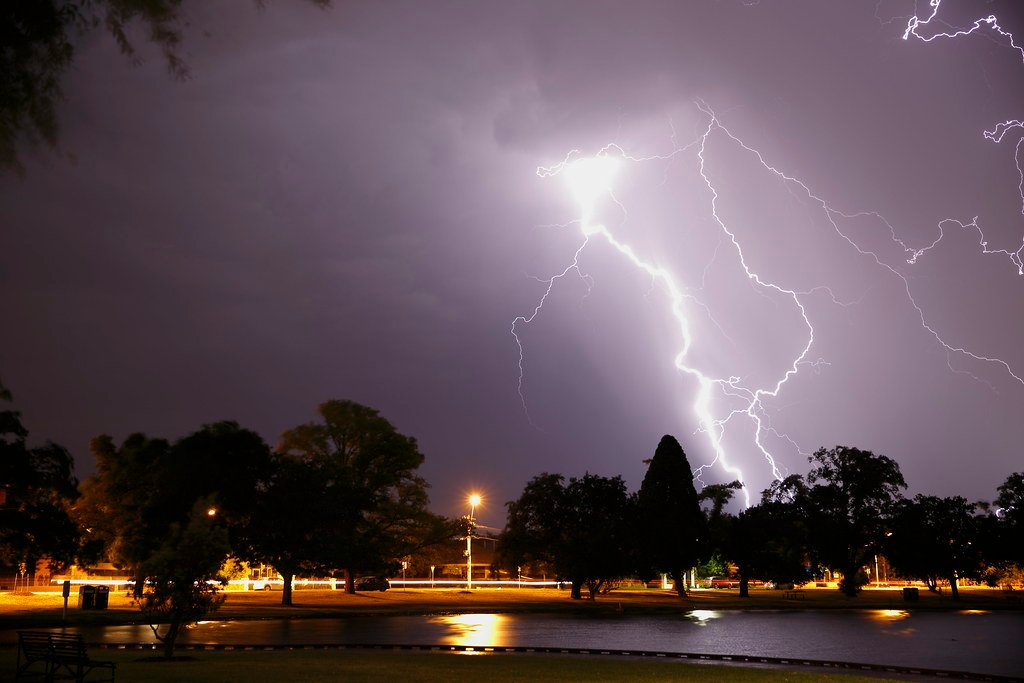
For centuries, humans recognized lightning’s power but had no way to measure its temperature accurately. Early scientists like Benjamin Franklin understood lightning’s electrical nature but lacked the tools to determine its thermal properties. The extreme temperatures were beyond anything they could measure or even imagine.
The development of spectroscopy in the 19th century provided the first scientific method for measuring lightning temperatures. By analyzing the light emitted during lightning strikes, scientists discovered that these brief flashes reached temperatures far exceeding anything previously measured on Earth.
Modern high-speed photography and electronic sensors have refined our understanding of lightning’s thermal properties. These advances revealed that lightning temperatures vary throughout the discharge process and that different types of lightning achieve different peak temperatures.
Practical Applications of Lightning Heat Knowledge

Understanding lightning’s extreme temperatures has practical applications in lightning protection systems. Engineers design lightning rods and surge protectors based on the thermal and electrical properties of lightning strikes. This knowledge helps protect buildings, electronic equipment, and human lives.
The study of lightning plasma has contributed to fusion energy research, where scientists attempt to create and control similar plasma conditions for power generation. Lightning provides a natural laboratory for studying plasma physics under extreme conditions.
Aviation safety depends heavily on understanding lightning’s thermal properties. Aircraft must be designed to withstand both the electrical and thermal effects of lightning strikes, which occur regularly during flight operations. This knowledge helps engineers create safer aircraft structures and systems.
Lightning Photography and Temperature Visualization
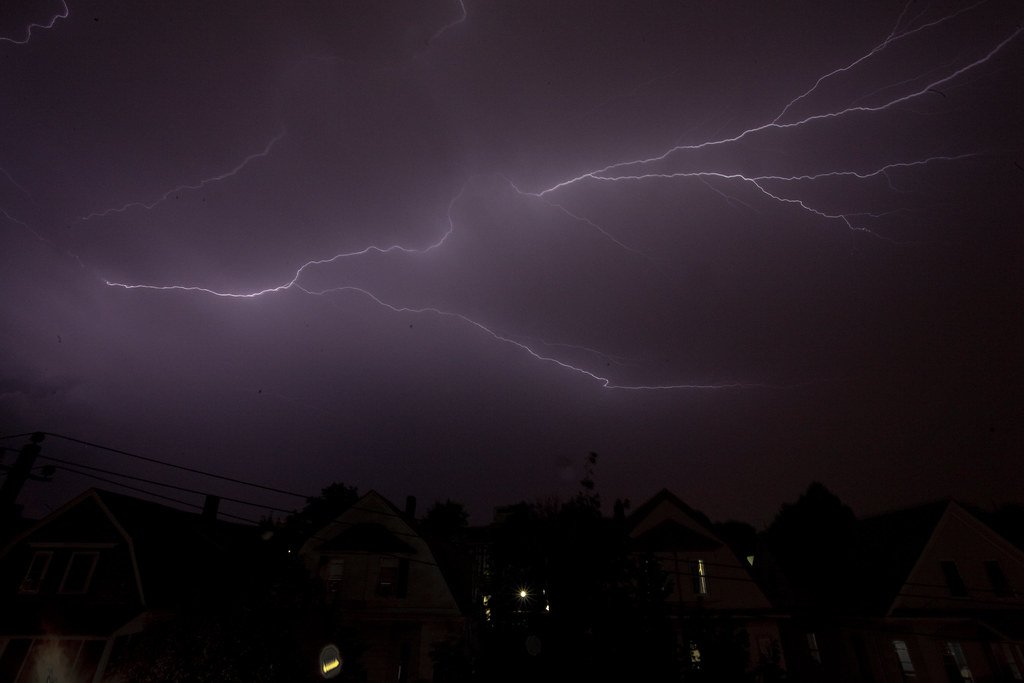
High-speed photography reveals the true nature of lightning’s heat by capturing the process in slow motion. These images show how the lightning channel glows with different colors depending on its temperature and the gases present in the air. The brilliant white-blue color indicates the extreme temperatures involved.
Thermal imaging cameras can detect the heat signature of lightning strikes, though the brief duration makes this challenging. These measurements confirm that lightning channels reach temperatures far exceeding the sun’s surface, appearing as brilliant thermal sources against the cooler background.
Spectroscopic analysis of lightning photographs provides detailed information about temperature distribution within the lightning channel. Different parts of the channel may reach different temperatures, with the hottest regions typically occurring where the electrical resistance is greatest.
Future Research on Lightning Temperatures

Scientists continue studying lightning to understand how such extreme temperatures can be achieved and maintained, even briefly, in natural conditions. New measurement techniques and computer simulations are revealing previously unknown details about the temperature distribution within lightning channels.
Research into lightning’s thermal properties may lead to new applications in materials science and energy production. Understanding how nature creates such extreme conditions could inspire technological innovations in fields ranging from manufacturing to space exploration.
Climate change research also depends on understanding lightning’s thermal effects, as changing weather patterns may alter the frequency and intensity of lightning strikes. This research helps scientists predict how Earth’s electrical and thermal balance might change in the future.
The Verdict on Lightning vs. Sun Temperature

The scientific evidence clearly demonstrates that lightning indeed burns hotter than the sun’s surface, reaching temperatures of approximately 30,000 Kelvin compared to the sun’s surface temperature of 5,778 Kelvin. This makes lightning roughly five times hotter than the solar surface, confirming what many find surprising.
However, this comparison comes with important caveats about duration, energy output, and scale. While lightning achieves higher peak temperatures, the sun maintains its heat continuously and contains regions far hotter than any lightning strike. The sun’s core temperature of 15 million degrees absolutely dwarfs lightning’s peak heat.
The comparison ultimately highlights the fascinating diversity of thermal phenomena in our universe. Lightning represents nature’s ability to concentrate enormous energy in brief, violent bursts, while the sun demonstrates the power of sustained nuclear fusion. Both phenomena showcase the incredible temperatures that natural processes can achieve, reminding us that Earth and space contain thermal extremes that challenge our everyday understanding of heat and energy.

